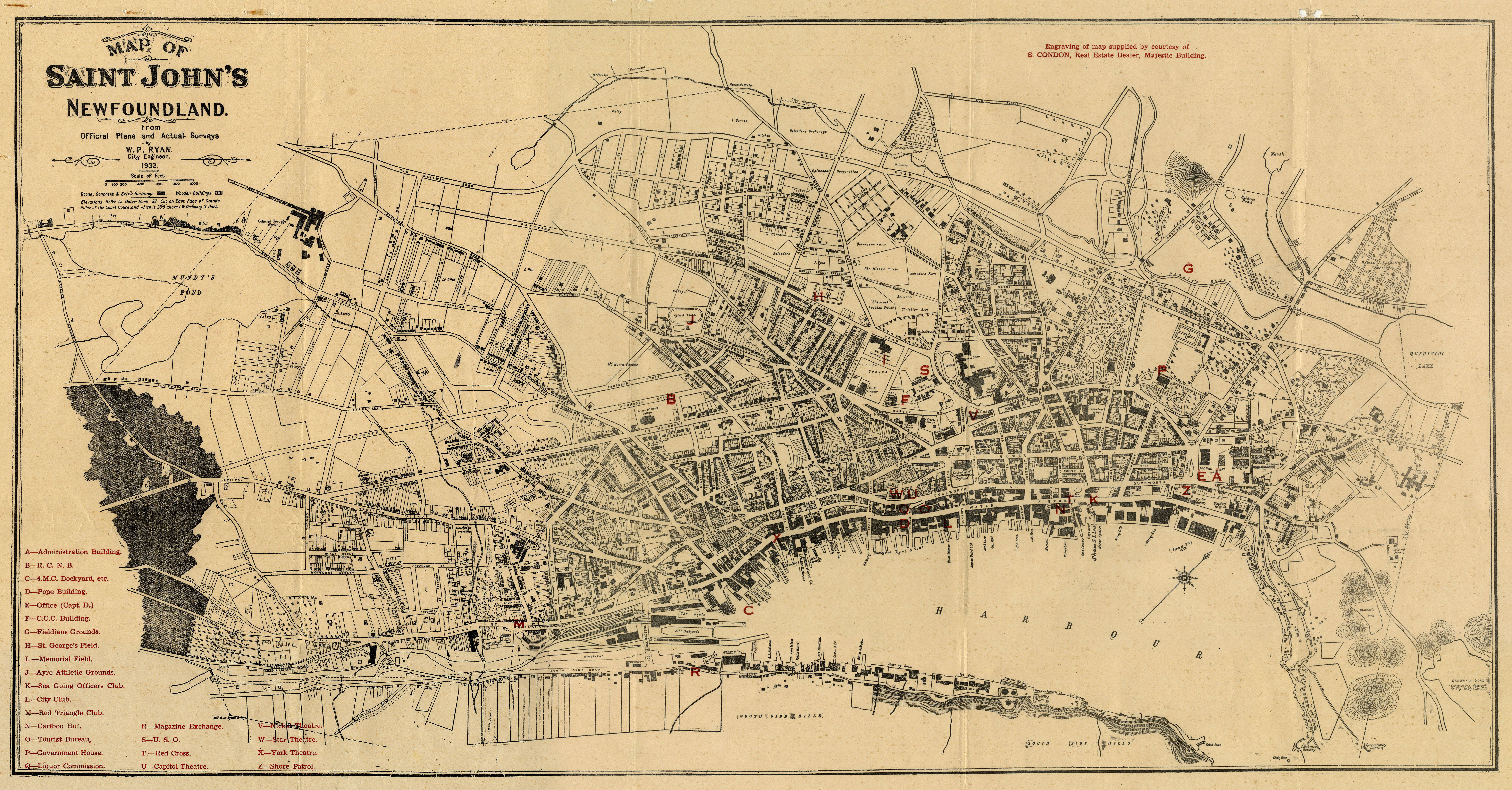







Base Layer
Overlays


-
National War Memorial
BARRETT, Harold George
BEST, Frank Gordon
BURSELL, Sydney
BUTCHER, Ernest
BYRNE, Gerald Guy
CANHAM, Arthur Robert
CHAFE, Eric Reginald Augustus
CLIFT, John
DEWLING, Stewart
DONNELLY, James John
DULEY, Cyril Chancey
DUNPHY, Thomas Joseph
EDWARDS, William Dowden
FITZGERALD, John Martin
FROST, Charles Sydney
GOOBY, Archibald
HAMMOND, Arthur
HAMMOND, Thomas
HAYNES, William
HENNEBURY, Alexander
JANES, Harold Clark
JOY, Edward
LACEY, George
LAWLOR, Thomas Joseph
LEWIS, John Potter
LIDSTONE, Harold
MARCH, John Wesley
MCNEILL, Hector John
MORRISSEY, John Joseph
NEWMAN, Albert Stanley
NICOL, John Ethelburt Burden
OBRIEN, Edward
PARSONS, Charles
PEDDELL, John Joseph
RENDELL, Walter Frederic
SNOW, Frederick Earnest
SNOW, Harry
STICK, Moyle
STICK, James Robin Jr.
TAIT, Robert Holland
THOMAS, Gordon
WHITE, Charles Edward
WHITTY, Gerald Joseph
WINDELER, Henry Stanton

 Address of
Address of Other significant locations
Other significant locations